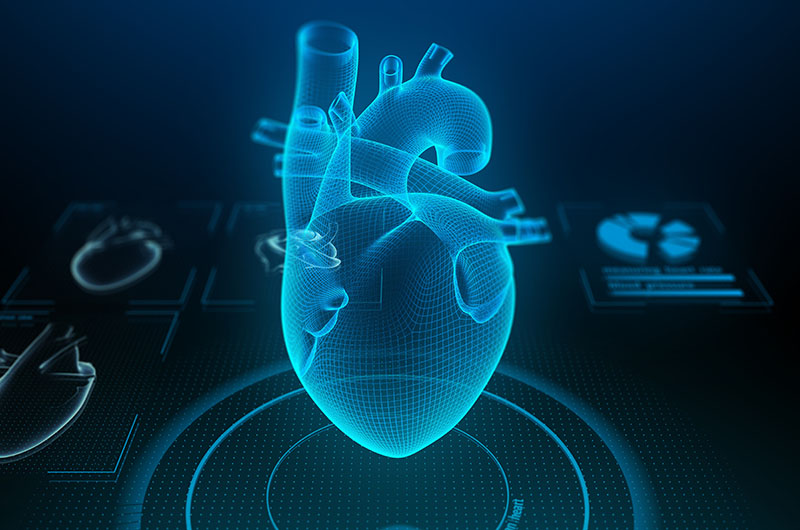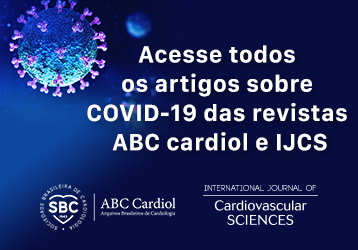Volume 31, Nº 6, Novembro e Dezembro 2018
DOI: http://www.dx.doi.org/10.5935/2359-4802.20180071
ARTIGO ORIGINAL
Effects of Conventional and Virtual Reality Cardiovascular Rehabilitation in Body Composition and Functional Capacity of Patients with Heart Diseases: Randomized Clinical Trial
João Pedro Lucas Neves Silva
Luiz Felipe Marques Novaes
Lorrany Caroline Rocha dos Santos
Bianca Pinhal Galindo
Margaret Assad Cavalcante
Bruna Corral Garcia de Araújo
Francis Lopes Pacagnelli
Ana Paula Coelho Figueira Freire

Abstract
Background: Virtual reality is an alternative therapeutic resource to be inserted into cardiovascular rehabilitation, stimulating the practice of physical activity through man-machine interaction.
Objective: To compare the effects of conventional and virtual reality cardiac rehabilitation on body composition and functional capacity in patients with heart disease.
Methods: Randomized clinical trial with 27 cardiac patients divided into conventional rehabilitation group (CRG) and virtual reality rehabilitation group (VRG). They underwent a rehabilitation program with 60-minute training sessions twice a week for eight weeks. The VRG training consisted of exercises from the Xbox 360® with Kinect™, using YourShape™ and Dance Central 3™ games. The CRG used conventional treadmills for aerobic exercise and free weights for resistance exercise. Bioimpedance and 6-minute walk test (6MWT) were evaluated at baseline and after training. For main outcome analysis, Student t and Mann Whitney tests were used with a 5% significance level.
Results: The VRG showed a significant increase in body fat percentage and fat weight when compared to the CRG, and a smaller amount of total water. There was a significant improvement in functional capacity evidenced by the increase in the distance covered in the 6MWT (54.00 m and 32.25 m in the CRG and VRG, respectively), but the gains did not differ between the groups.
Conclusion: The two rehabilitation modalities had no effect on the body composition of the groups. In addition, the improvement in functional capacity was similar in both groups. (Int J Cardiovasc Sci. 2018;31(6)619-629)
Keywords: Cardiovascular Diseases; Cardiac Rehabilitation; Physical Therapy Modalities; Body Composition; Virtual Reality Exposure Therapy.











